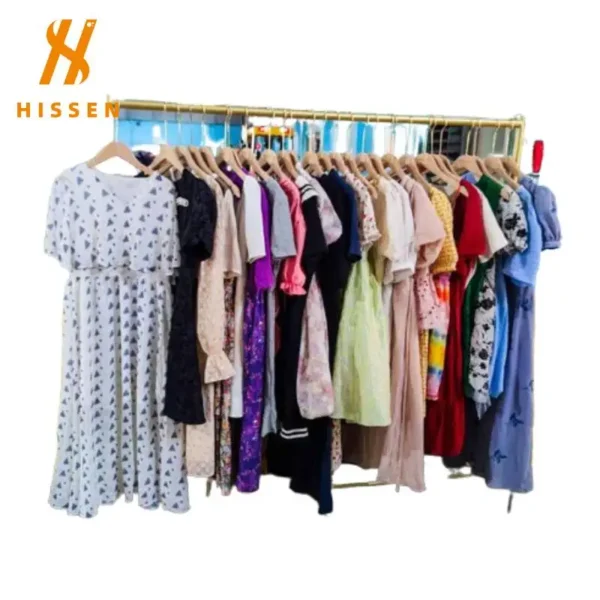I. Introduction: Why Wholesale Second-Hand Clothing is a Profitable Blue Ocean Market
In today’s business landscape, the wholesale trade of used apparel is no longer considered a marginal niche. Instead, it is transforming into one of the most promising opportunities for B2B buyers seeking stable margins and long-term growth. The demand for Used Brand Clothes Wholesale has been steadily increasing due to the convergence of sustainability trends, rising consumer awareness about fashion waste, and the growing appetite for high-quality goods at affordable prices.
For enterprises, distributors, and wholesale resellers, this shift presents a clear blue ocean. Rather than competing in oversaturated markets of new fashion items, businesses can strategically position themselves in the resale sector where customer demand is expanding but competition remains relatively fragmented. This gives B2B players the advantage of carving out unique niches, offering competitive pricing models, and building sustainable supply chains.
Another major driver behind this opportunity is consumer perception. Buyers increasingly value authenticity, durability, and affordability. Wholesale buyers that invest in sourcing used brand clothes in bulk can leverage these preferences, supplying retailers, thrift shops, online marketplaces, and even regional distributors who want access to branded quality without premium retail pricing.
In essence, entering the wholesale resale clothing sector does not only fulfill current consumer needs but also anticipates future demand. It positions your business as both profitable and socially responsible, an important narrative in B2B marketing today.
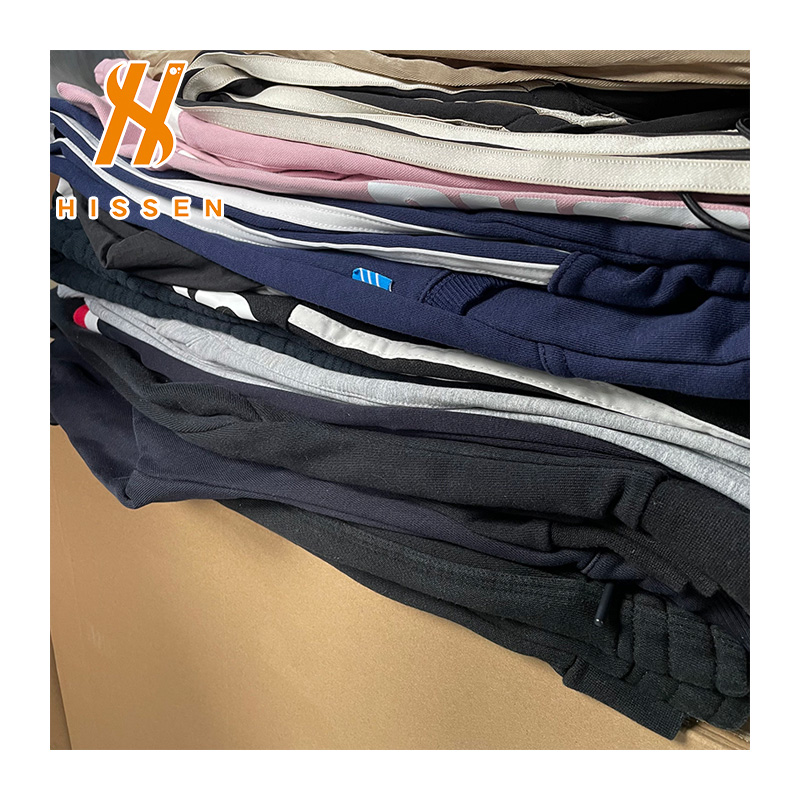
II. What is the Used Brand Clothes Wholesale Business?
The wholesale of second-hand branded clothing is essentially the process of acquiring pre-owned fashion items in large quantities, sorting and preparing them, and then distributing them through various B2B or B2C channels. Unlike retail, where items are sold individually, the wholesale model operates in volume, giving business buyers significant flexibility in inventory control, pricing strategies, and distribution networks.
From a B2B perspective, the Used Brand Clothes Wholesale business can be divided into three main elements:
Sourcing Inventory
The foundation of the business lies in sourcing. Suppliers of pre-owned branded apparel may include recycling centers, trade-in programs, export-focused warehouses, or professional clothing collectors. Buyers at the wholesale level typically deal with suppliers that specialize in bulk shipments, ensuring consistent access to goods.
Quality Segmentation
Once inventory is sourced, wholesalers often categorize products by quality tiers, style types, or fashion segments. This segmentation allows B2B buyers to tailor their orders according to their target markets. For instance, a distributor supplying resale boutiques may prioritize top-condition stock, while an exporter working with budget retailers may seek larger volumes of mixed-grade clothing.
Distribution to Clients
The last component involves distributing the bulk stock to downstream buyers. These buyers may include resale chains, second-hand shops, flea market vendors, e-commerce platforms, or international importers. Wholesalers serve as the critical middle link, balancing the supply flow between original sources and retail demand.
Ultimately, this type of business is not merely about resale. It is about connecting the dots in the supply chain, identifying gaps in the market, and offering consistent value to business clients. Deep Analysis: How Branded Clothing Bales Maximize Resale Profits helps wholesalers better understand why categorization and volume strategies drive long-term growth.
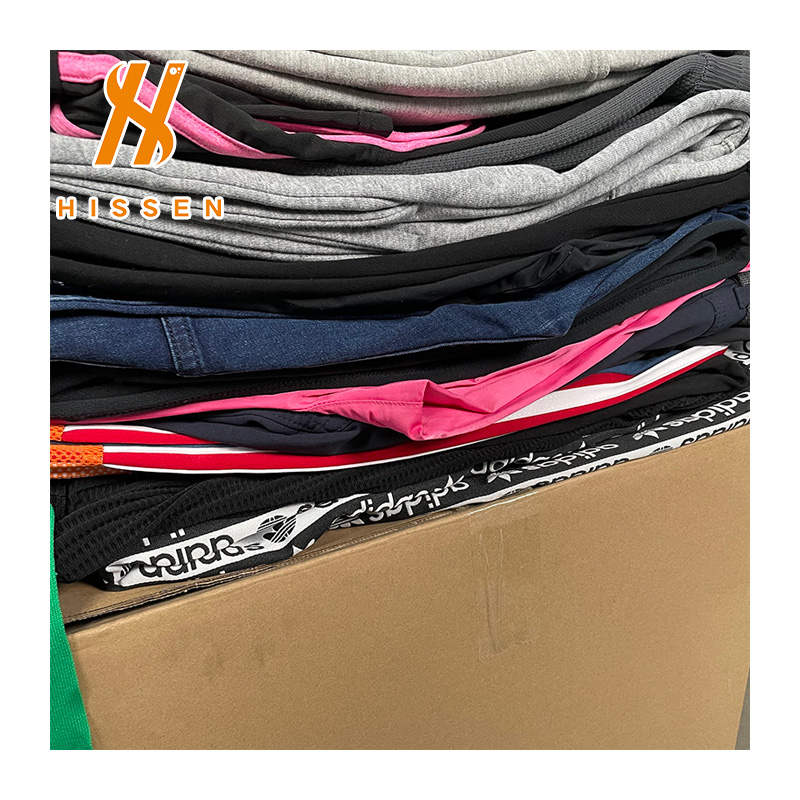
III. Finding and Evaluating Reliable Suppliers
One of the most critical aspects of building a strong Used Brand Clothes Wholesale operation is identifying trustworthy suppliers. For B2B buyers, the choice of supplier can determine the stability of your business model, the consistency of your stock, and your long-term profitability.
Where to Find Suppliers
One of the most critical aspects of building a strong Used Brand Clothes Wholesale operation is identifying trustworthy suppliers. For a B2B buyer, choosing the right used brand clothes supplier ensures steady shipments, consistent quality, and competitive pricing.
Trade Shows & B2B Exhibitions: Industry-specific events often bring together suppliers of second-hand apparel and wholesale buyers in one place. These gatherings allow you to physically evaluate goods, establish direct relationships, and negotiate favorable terms.
Online B2B Platforms: Digital sourcing hubs and wholesale marketplaces list suppliers from various regions. While convenient, these require careful vetting to ensure reliability.
Regional Wholesalers & Exporters: Many wholesale businesses specialize in exporting bulk second-hand clothing to international buyers. Partnering with them can provide steady shipments.
Referrals & Networks: Building relationships within the industry often leads to referrals, allowing you to find reputable suppliers with proven track records.
Evaluating Supplier Credibility
When it comes to ensuring stable operations, credibility checks cannot be overlooked. How to Find a Reliable Branded Clothing Bales Supplier becomes an essential question for wholesalers entering this business.
Reputation & Track Record: Check how long the supplier has been in business and whether they have established credibility with other wholesale buyers.
Consistency of Supply: Reliable suppliers should be able to provide bulk stock consistently, not just on a one-time basis.
Quality Control Processes: Ask how they sort, grade, or process clothing. A supplier with transparent procedures is more trustworthy than one who provides vague answers.
Communication & Responsiveness: B2B buyers value clear contracts, transparent pricing, and reliable communication. A supplier that delays or avoids commitments may pose risks.
Logistics & Flexibility: Evaluate how suppliers manage shipping, timelines, and bulk order flexibility. International buyers especially need partners who can handle customs, freight, and packaging requirements.
Building Long-Term Partnerships
Beyond sourcing, successful wholesalers focus on building partnerships rather than transactional relationships. A trusted supplier who understands your target market and adapts to your business needs can become a strategic asset, not just a vendor. Negotiating clear agreements, maintaining transparency, and fostering trust ensure long-term stability in the Used Brand Clothes Wholesale supply chain.
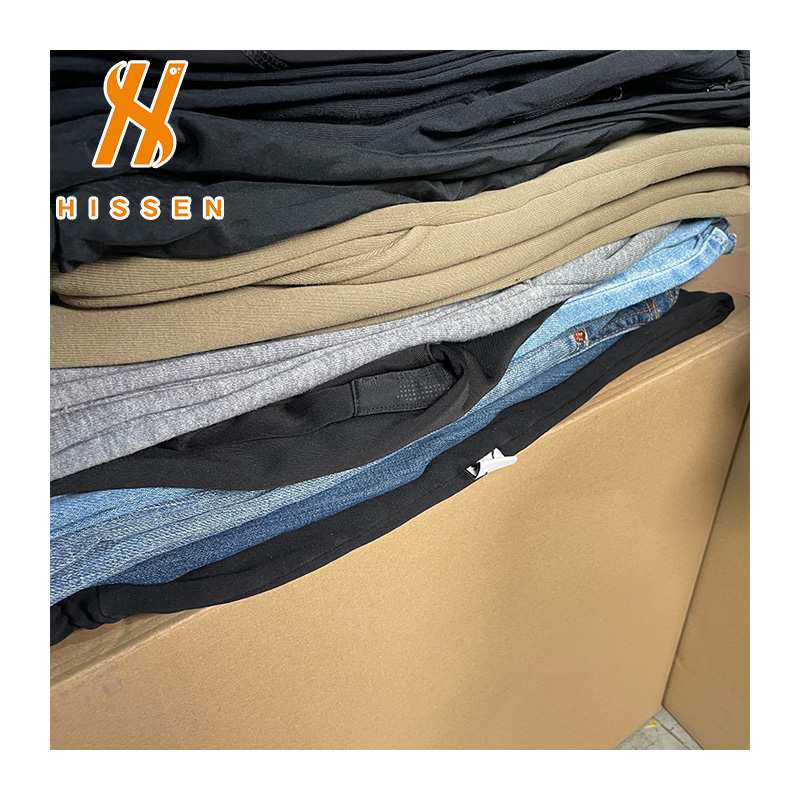
IV. Building Inventory Management and Pricing Strategies
Inventory and pricing are the backbone of profitability in the wholesale resale clothing sector. Unlike retail, where individual product margins may fluctuate, wholesale success depends on balancing stock quality, turnover rates, and pricing consistency across bulk shipments.
Inventory Management in Wholesale Used Apparel
Efficient inventory management ensures that your business can meet demand without overstocking or suffering losses. For B2B buyers, the following practices are essential:
Categorization: Segment inventory by grade, type, or fashion season. This allows you to allocate goods strategically depending on the client’s profile.
Rotation & Storage: Implement first-in, first-out (FIFO) methods to maintain product quality. Proper storage prevents unnecessary deterioration.
Forecasting Demand: Use historical sales patterns and client demand signals to anticipate which categories will sell faster. This helps optimize stock levels.
Technology Use: Inventory management systems designed for wholesale can track shipments, monitor stock categories, and automate reporting.
Pricing Strategy for B2B Buyers
Pricing in the Used Brand Clothes Wholesale business requires a balance between competitiveness and profitability. Since buyers are purchasing in bulk, your pricing model should be transparent, scalable, and appealing to various types of clients. Consider:
Tiered Pricing: Offering different pricing for various quality grades (e.g., premium, mid-grade, mixed) attracts a wider customer base.
Volume Discounts: Rewarding bulk purchases encourages larger orders and long-term relationships.
Market-Based Pricing: Stay aware of regional demand differences. What is competitive in one market may be too high or low in another.
Flexible Terms: Providing options such as installment payments or custom lot sizes can make your wholesale offers more attractive.
Balancing Quality and Profitability
The most successful wholesalers maintain a balance between the quality of stock and pricing structures. While higher-quality goods command better margins, mixed or budget lots allow access to broader markets. By diversifying your offerings, you can appeal to various categories of B2B buyers—from boutique resellers to bulk exporters—ensuring that your business adapts to shifting market needs.
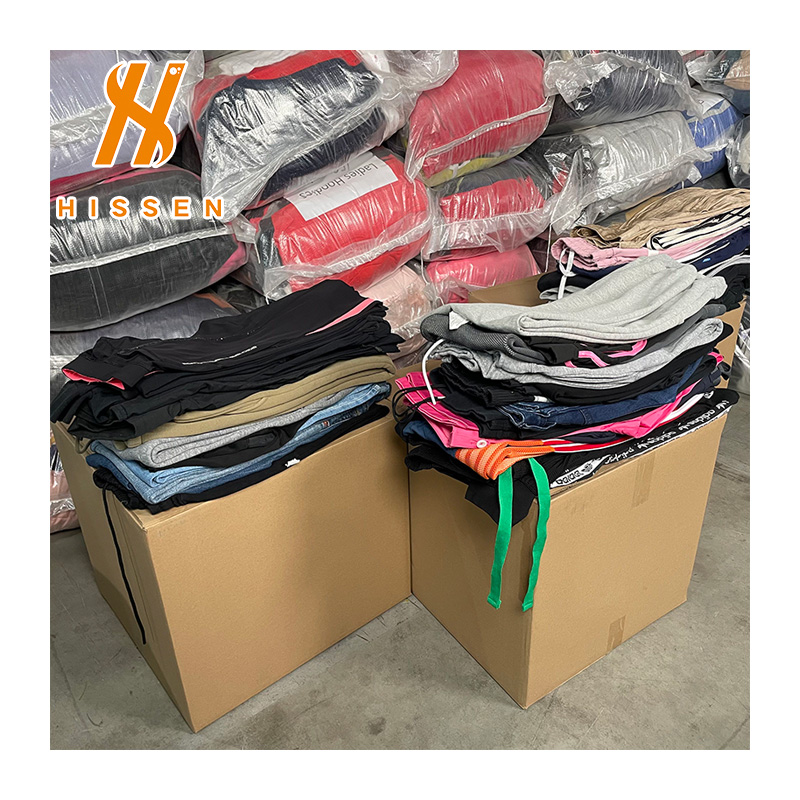
V. Expanding Sales Channels: Online and Offline Opportunities
In the wholesale resale clothing industry, the success of your business depends largely on how well you diversify your sales channels. B2B buyers must think strategically about where and how to distribute bulk stock, ensuring that inventory flows steadily without bottlenecks. Unlike single-channel retailers, wholesalers who deal in Used Brand Clothes Wholesale must operate across multiple platforms and environments to maintain competitiveness.
Online Sales Channels for Used Brand Clothes Wholesale
The digital economy has reshaped how wholesale buyers and sellers interact. Online sales are no longer limited to direct-to-consumer platforms; B2B transactions have also moved online, opening up new possibilities for wholesale resellers.
B2B Marketplaces: Global online wholesale platforms connect buyers and suppliers in the resale apparel market. These sites provide an accessible entry point for wholesalers to showcase inventory, build international relationships, and test new markets.
Dedicated E-commerce Stores: Establishing your own wholesale website allows full control over product presentation, pricing structures, and customer relationships. A branded online platform for bulk used apparel builds authority and communicates professionalism to potential clients.
Social Commerce: Platforms with strong visual elements—where buyers can browse bulk clothing photos, pricing options, and quality categories—are gaining traction for wholesale deals. Networking directly with resellers and retail shops through these platforms allows for quick lead generation.
Private B2B Portals: Some wholesalers create password-protected portals for repeat buyers. This ensures confidentiality, builds exclusivity, and simplifies reordering for business clients.
The main challenge lies in building trust online, as buyers may be cautious when sourcing used brand clothes in bulk digitally. This is where transparency, accurate descriptions, and reliable logistics play a decisive role. Demand for Branded Clothing Bales in the Global Market further highlights why digital sourcing is becoming an inevitable part of wholesale growth.
Advantages of Online Channels
- Wider international reach.
- Lower operational costs compared to physical outlets.
- Easy integration with logistics and inventory systems.
- Real-time communication with potential wholesale buyers.
The main challenge lies in building trust online, as buyers may be cautious when sourcing used brand clothes in bulk digitally. This makes transparency, accurate descriptions, and reliable shipping services crucial.
Offline Sales Channels for Used Brand Clothes Wholesale
Despite the rise of e-commerce, traditional offline channels remain vital in the wholesale clothing business. Many buyers still prefer physical inspection of inventory before committing to bulk orders.
Wholesale Warehouses: Establishing a physical distribution center allows clients to visit, inspect, and negotiate directly. This approach builds strong trust, particularly for international buyers traveling to source used apparel.
Trade Shows and Industry Fairs: Participating in B2B events brings wholesalers face-to-face with serious buyers. These exhibitions are powerful opportunities to establish credibility, showcase bulk lots, and negotiate contracts.
Local Distributor Networks: Partnering with smaller regional distributors helps expand your market coverage. They serve as middle agents between your business and local retailers.
Wholesale Showrooms: Some wholesalers operate showrooms where buyers can view product categories and place bulk orders immediately. This setup offers transparency and strengthens buyer confidence.
Advantages of Offline Channels
- Physical verification of stock condition.
- Stronger trust-building for long-term partnerships.
- Easier negotiation for large volume contracts.
- Ability to tailor inventory presentation based on buyer expectations.
The most resilient wholesalers adopt a hybrid approach, integrating online and offline channels to maximize exposure while maintaining flexibility.
Combining Online and Offline Strategies
In B2B wholesale, success rarely comes from relying on a single sales path. A combination of digital presence and physical accessibility creates a comprehensive strategy. For example:
- Use online channels to reach international buyers, but invite them to inspect goods at your warehouse.
- Showcase bulk used clothing categories digitally, but finalize deals in person at trade fairs.
- Provide consistent brand messaging across all channels to reinforce credibility.
This multi-channel approach reduces risk, accelerates market penetration, and builds resilience in a changing business environment.
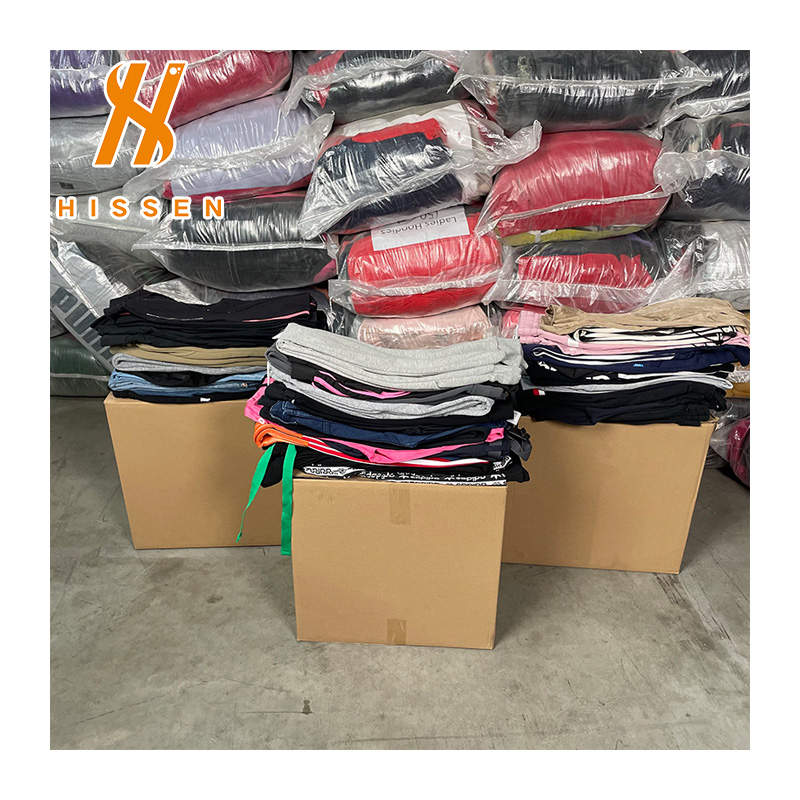
VI. Crafting a Marketing Strategy for Your Target Customers
Marketing is often overlooked in wholesale industries, yet it is one of the most critical components for success. In the Used Brand Clothes Wholesale business, where multiple suppliers compete for B2B buyers, a strategic marketing plan can set your company apart.
Identifying Your Target Customer
Your marketing should begin with a clear understanding of who you serve. Common B2B customers in this sector include:
Resale Boutiques: Focused on premium-quality second-hand apparel.
Thrift Stores and Discount Retailers: Interested in large mixed lots of affordable clothing.
Exporters and Importers: Businesses looking to ship bulk goods across borders.
Online Resellers: Entrepreneurs sourcing inventory for digital platforms.
Each group has different expectations for price, quality, and order structure. By segmenting your marketing accordingly, you avoid generic messaging and instead speak directly to each client’s needs.
Positioning Your Business in the Wholesale Market
To stand out, your company must establish itself as more than just a supplier. Positioning strategies may include:
Sustainability Focus: Highlight the eco-friendly benefits of reselling used apparel. Many B2B buyers now integrate sustainability into their branding.
Reliability and Consistency: Promote your ability to deliver steady shipments and transparent grading processes.
Value Proposition: Emphasize how buying from your business improves profitability for clients—through pricing models, reliable supply, and efficient logistics.
Positioning should always reflect your unique strengths while aligning with customer values.
Marketing Channels for B2B Wholesale
Content Marketing: Publishing guides, case studies, and thought-leadership blogs about Used Brand Clothes Wholesale builds authority and improves search visibility.
Search Engine Optimization (SEO): Optimize your website with keywords like “bulk used apparel,” “second-hand clothing wholesale supplier,” and “used brand clothes in bulk” to attract organic leads.
Email Marketing: Regular newsletters targeted at wholesale buyers help maintain engagement, announce new inventory, and offer promotions.
Industry Networking: Building connections through trade associations and B2B groups expands your credibility.
Direct Outreach: Cold emailing and professional networking platforms are still effective for building B2B relationships.
Creating Buyer-Centric Marketing Messages
Effective marketing is about addressing client pain points. Consider:
- Buyers want cost-effective bulk apparel. Highlight your pricing flexibility and discount structures.
- Buyers want consistent quality. Explain your grading or inspection systems.
- Buyers want logistical reliability. Show your ability to handle international shipments or large volumes.
By aligning your messaging with these needs, you demonstrate that your business is not simply selling goods—it is solving problems for other businesses.
Long-Term Marketing Strategy
Short-term campaigns may generate leads, but long-term marketing builds reputation. Successful wholesalers invest in:
Brand Identity: Professional visual presentation, consistent messaging, and transparent values.
Client Education: Webinars or digital guides explaining how to succeed in the resale apparel business.
After-Sales Engagement: Following up with clients after delivery, asking for feedback, and providing support.
The goal is to transform one-time buyers into repeat business partners.
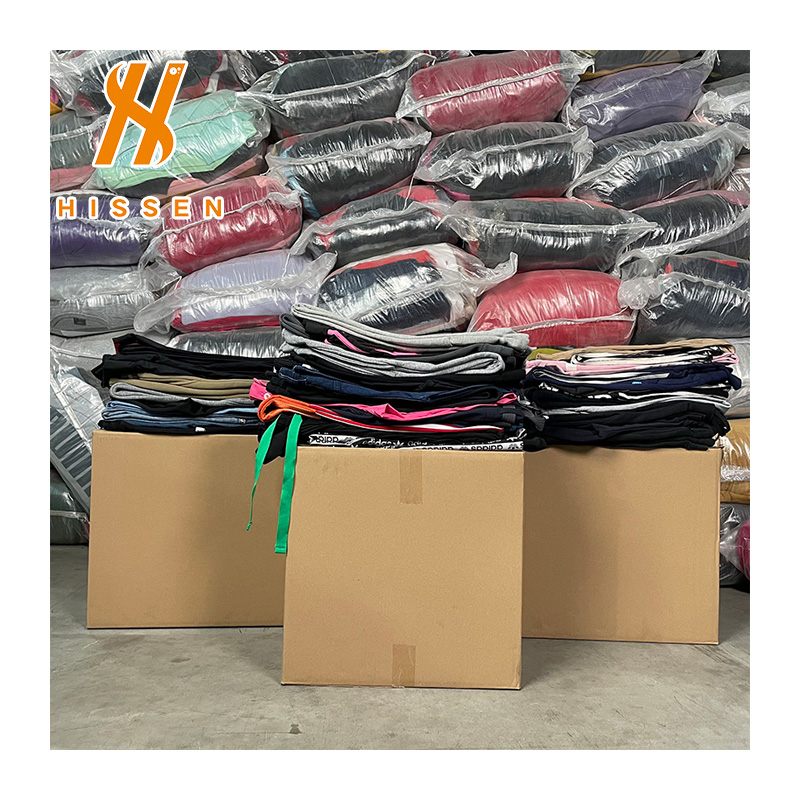
VII. Conclusion
The wholesale trade of second-hand branded apparel is a sector full of potential, but it requires structured planning, reliable partnerships, and consistent execution. By understanding the fundamentals of sourcing, inventory management, and pricing strategies—as outlined in the first half of this guide—businesses can establish a strong foundation.
Equally important are sales channels and marketing. Expanding both online and offline presence allows wholesalers to reach a global audience while maintaining trust with local buyers. A strong marketing strategy ensures that your company is not just another supplier in the crowded Used Brand Clothes Wholesale space, but a recognized partner that businesses can depend on.
The future of this market belongs to wholesalers who can combine efficiency with adaptability. B2B buyers increasingly value transparency, sustainability, and profitability. By positioning your company as a reliable source of bulk used apparel, you gain access to a growing industry that rewards innovation and consistency.
In conclusion, entering the used clothing wholesale business is not merely about trading garments—it is about building long-term value chains, helping retailers thrive, and contributing to a more sustainable fashion ecosystem. For B2B buyers willing to invest in strategy and partnerships, the opportunities are vast, and the rewards are significant.

